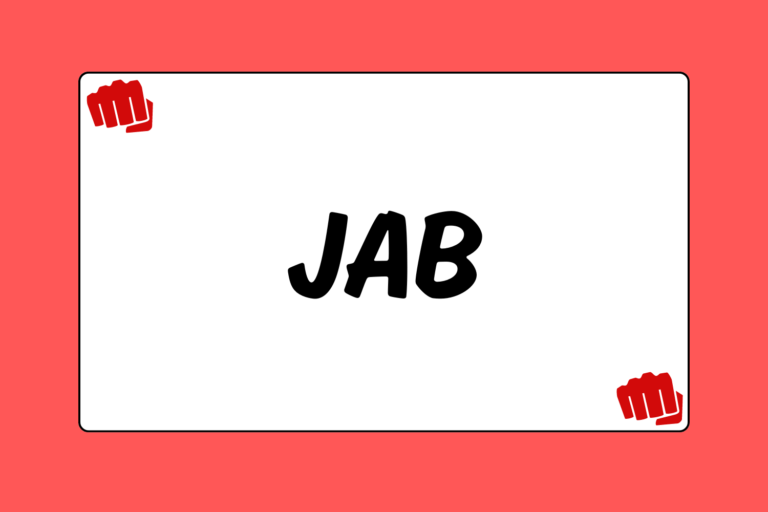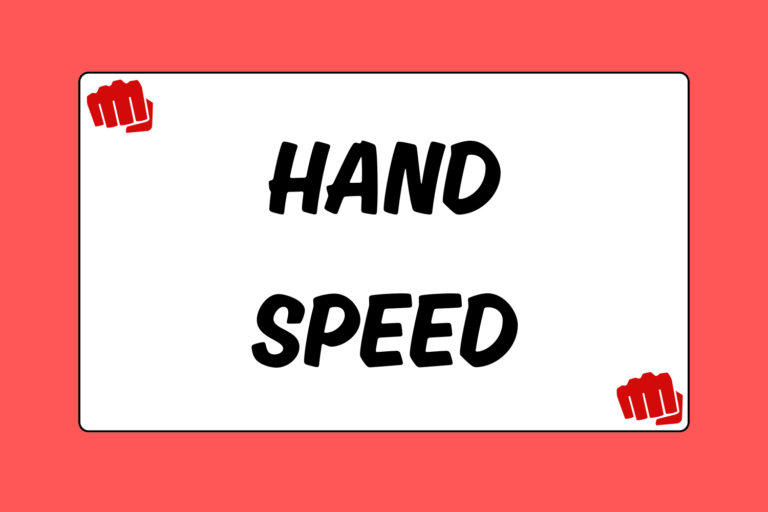Most fighters are unfamiliar with the kettlebell, but it has the potential to increase punch speed and power. It also strengthens and conditions your entire body when you implement it in a functional, dynamic workout routine. To say the least, this odd-looking apparatus is versatile. The rest of this guide focuses on how the kettlebell can improve your strength and conditioning for mixed martial arts.
The Kettlebell Explained
Before you implement the kettlebell into your workout, you’ll first need to familiarize yourself with this unique apparatus. The kettlebell is a cast iron object that was first introduced in Russia. It’s shaped like a ball, but has a flat bottom that allows it to sit upright on the ground. The top of the bell has a handle that extends out in an inverted “U” shape. Sometimes the handle — or the entire bell — is covered in rubber.
Bells vary significantly in weight, ranging from around four pounds to well over 100 pounds. Men usually begin with a bell in the 25- to 35-pound range, while women generally begin with a bell weighing between 12 to 25 pounds. The kettlebell’s center of gravity is several inches away from your hand, which is a huge bonus because it improves coordination and forces you to use several different muscle groups at once.
Hot Tip: Super-set
A super-set consists of two or three different exercises done in sequence. A break is taken only after the two or three exercises have been completed. Implement the kettlebell into super-sets in order to amplify your routine. For example, do a set of kettlebell swings, then immediately follow this set with a set of traditional pull-ups or dips. Practice this sequence three times.
The Benefits of Alternative Training
Monotonous routines aren’t challenging. Kettlebells, on the other hand, offer an alternative method to strength training, and they provide major conditioning advantages as well. Some of the most notable benefits include:
- Conditioning: Most kettlebell exercises are done in sets consisting of 10 to 20 repetitions. These repetitions are controlled, but quick, and they target muscle groups from the entire body. In addition, many athletes do one exercise after another with little rest between sets; doing so improves both your aerobic and anaerobic capabilities.
- Targeting of hips and core: The kettlebell recruits muscles throughout the entire body, but most kettlebell exercises target the hips and core for control and stabilization. Basic kettlebell exercises — such as the swing and the clean — involve explosive movements. Punch speed and power come from your hips and core.
- Increased grip strength: Boxing trainers often remind their students to squeeze their fist before landing a blow. Kettlebell training increases forearm strength, which helps generate punch power.
- Increased flexibility: Flexibility plays a huge part in advanced kettlebell movements. Introductory exercises improve your natural flexibility so that you can progress to more advanced movements.
- Efficiency: Most competitive fighters work out more than once each day. Kettlebell routines are effective even when you have little time on your hands.
Fun Fact:
Many gyms now offer kettlebell classes. Classes teach you new exercises, and the instructors ensure that your technique is correct on the exercises that you already know.
The Foundation
The most basic kettlebell exercise is the two-arm swing. This exercise appears easy at first glance, but you’ll quickly find out that it requires focus and sufficient core strength. It also serves as the foundation for all other kettlebell exercises. Try kettlebell swings by following these steps:
- Hold the handle of the bell with both hands.
- Get into a squat position, with your butt back and your feet slightly wider than shoulder-width apart. Allow the bell to hang between your legs. Ensure that your torso is upright and that your abs are braced.
- Gently swing the bell forward and backward between your legs in order to create some momentum.
- Swing the bell from below you to in front of you. Your arms should be fully extended and the bell should peak directly in front of your face. Use your hips to thrust forward, and don’t rely on your arm strength.
- Repeat this movement 10 to 20 times for three sets.
Advancing Your Routine
The kettlebell swing is an excellent introductory movement for your new training regimen. Once you’re comfortable with the basic swing, then you can learn other crucial exercises such as the clean and press. These exercises are specifically helpful for fighters who’re looking to improve speed, power, and explosiveness.





